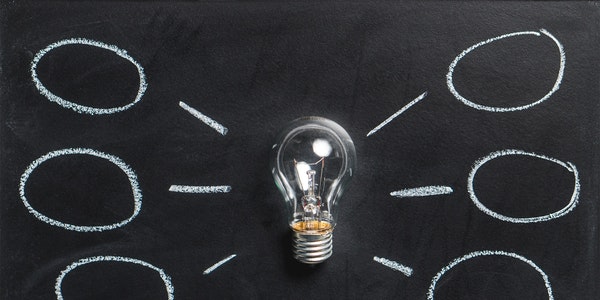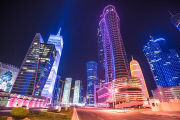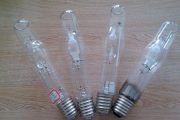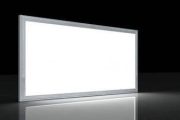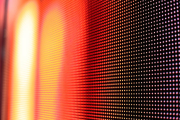The Development History of Lighting
The earliest practical electric lamp was an incandescent lamp, but before the birth of the incandescent lamp, the British Humphrey David used a 2000 energy-saving dao cell and two carbon rods to make an arc lamp, but the brightness of this arc lamp was too strong. It generates too much heat and is not durable, and it cannot be used in general places.
In 1854, Henry Gobert, a German watchmaker who immigrated to the United States, used a carbonized bamboo wire placed in a vacuum glass bottle to make the first practical electric lamp, which lasted for 400 hours, but he did not apply for patent in time.
In 1860, the British Joseph Swan also made a carbon filament electric lamp, but he failed to obtain a good vacuum environment to keep the carbon filament working for a long time.
In 1878, Britain’s vacuum technology was developed to the extent needed, and he invented a light bulb that was energized with carbon wire under vacuum and obtained a British patent. Swann’s own house was the first private house to be lit by electricity in the UK.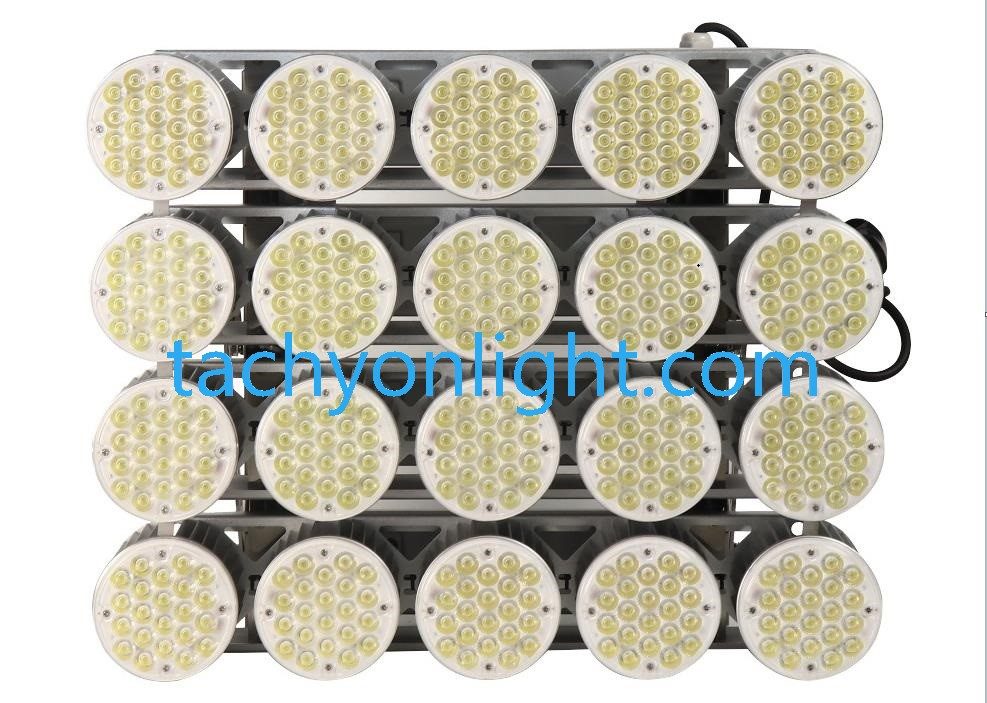
In 1874, two electrical technicians in Canada applied for a patent for an electric lamp: nitrogen was filled under a glass bulb to emit light with an energized carbon rod, but they did not have enough financial resources to continue to perfect the invention, and sold the patent to 1875 Edison. After purchasing the patent, Edison tried to improve the filament and finally produced a carbonized bamboo filament lamp in 1880 that could last for 1,200 hours.
However, the US Patent Office ruled that Edison’s carbon filament incandescent lamp invention was behind others and the patent was invalid. After years of lawsuits, Henry Goebbels won the patent, and Edison finally bought the patent from Goebbels’ impoverished widow.
In the UK, Swan sued Edison for patent infringement. They later settled outside the court and established a joint company in the UK in 1883. Swan later sold his equity and patents to Edison.
At the beginning of the 20th century, the carbonized filament was replaced by a tungsten filament, and tungsten filament incandescent lamps are still in use today.
In 1938, the fluorescent lamp was born. White LED lights were born in 1998.
Extended information:
Edison was not the original inventor of the electric light. Edison improved the electric light. As early as 1801, a British chemist named Humphrey David used platinum wires to illuminate in the laboratory;
In 1810, he invented an “electric candle” that was illuminated by an electric arc between two energized carbon rods. This was the earliest prototype of an electric light. Another British electrical engineer, Joseph Swann, after nearly 30 years of research, in December 1878 made a vacuum bulb with carbon filaments that emit light.
The report about Swann’s light bulbs gave Edison a lot of inspiration. In October 1879, Edison finally succeeded in making incandescent bulbs with carbonized fiber as filament, called “carbonized cotton filament incandescent lamp”, and then put into mass production, and set up a company to set up power stations and transmission grids and other corresponding infrastructure. Soon, electric lights will be widely used in the United States.
During the period, he continued to improve the technology, and finally decided to use tungsten filament as the filament, called the “tungsten filament lamp”, and used it in finalized form, and Edison became a recognized inventor of the electric lamp.
The Development History of LED Lights
LED (Light Emitting Diode, a light-emitting diode, is a solid-state semiconductor device that can directly convert electricity into light. The heart of the LED is a semiconductor chip, one end of the chip is attached to a bracket, one end is the negative pole, and the other end is connected to the positive pole of the power supply, so that the entire chip is encapsulated by epoxy resin. The semiconductor wafer is composed of two parts, one part is a P-type semiconductor, in which holes dominate, and the other end is an N-type semiconductor, which is mainly electrons. But when these two semiconductors are connected, a P-N junction is formed between them. When the current acts on the chip through the wire, electrons will be pushed to the P area, where the electrons and holes recombine, and then emit energy in the form of photons. This is the principle of LED light emission. The wavelength of light is the color of light, which is determined by the material forming the P-N junction.
With the gradual development of LED lighting fixtures, LEDs have gradually replaced some traditional light source products in public places such as lighting engineering assistance. In 2009, LED began to enter the popularization of main lighting in developed countries. In commercial applications with high electricity costs and long use time, LED lamps have quickly become the new darling of the market. As the use of LED lighting fixtures, the development of the LED market is divided into several stages.
The first stage is the utility model stage of LED lamps.
Based on the previous stage, the market has recognized and accepted LED lighting products to a certain extent. The environmental protection, small size, and high reliability of LED lamps are gradually becoming more prominent. A series of products that are completely different from traditional light source applications will be popular. The lighting industry will have a larger and broader development space. The light source is no longer just for lighting, its change makes it more suitable for people’s work and life. Each manufacturer fights for design and application advantages.
The second stage, the intelligent control stage of LED lamps.
With the development of new technologies such as the Internet of Things, LED, as a semiconductor industry, will also get on this high-speed train and exert its high controllability characteristics. From homes to office buildings, from roads to tunnels, from cars to walking, from auxiliary lighting to main lighting, the intelligently controlled LED lighting system will bring a higher level of service to humans. The LED lighting industry will also progress from making products, to designing products, to providing overall solutions.
The third stage is the acceptance stage of the replacement of LED lamps.
This stage refers to the early development of LED lamps, which mainly reflects their high light efficiency (low energy consumption) and long life. Because of the high price, it is mainly the commercial market at this stage. Customers have a process of acceptance, first of which is the transition and acceptance of usage habits and appearance. Under the same conditions as traditional light sources, the power saving and longevity characteristics of LED lamps make the market easy to accept its relatively high price. Especially in commercial situations. All manufacturers fight for the quality and price advantage.
The Stages of Indoor Lighting Development
Different scenes have different lighting requirements. Indoor lighting includes home lighting, hotel lighting and shopping mall lighting. Steve Edwards pointed out that there are three important indicators for measuring indoor lighting quality, including physical indicators, physiological indicators and psychological indicators. “In fact, physiological and psychological indicators are more important, but they are often overlooked by most people. Indicators such as light will affect consumers’ heartbeat, blood pressure and other aspects, thereby affecting consumers’ psychological comfort.”
With the improvement of LED lighting research and development technology and the growth of consumers’ individual needs, the scientific and practicality of lighting technologies such as products and effects have become more and more obvious. Steve Edwards stated that with the improvement of lighting technology, the characteristics of LED lighting technology are mainly embodied in the following points: freedom of luminaire image, creative appearance, freedom of size, flexible size, free design of light quantity, lighting on demand, freedom of spectrum, realization of light color is smart, it can be installed at will, and the position is free.
LED lighting has replaced traditional lighting and has become the mainstream lighting. Among them, there are not only the promotion of environmental protection and energy saving, but also the replacement of product and technology development history. Steve Edwards analyzed that as a “torrent” of LED lighting, indoor lighting must also go through the following three stages in its development:
1. Product stage. At this stage, LED companies focus on improving product efficiency to ensure the lighting quality of LED products, such as improving the efficiency of LED light sources, MR16 lamp cups and LED modules.
2. Cost optimization stage. At this stage, companies should shorten the product recycling cycle as much as possible, increase their product capacity, and improve product research and development technology to produce cost-effective products that are acceptable to customers.
3. Leading the digital stage of light. LED companies must have keen market awareness and design products and intelligent control systems that meet market needs.
“Regarding indoor lighting, we also need to pay attention to several problems in LED white lighting, such as color difference in different viewing directions, color difference and color drift, and stroboscopic color of LED products. The light color of lamps will vary with temperature and time. These issues will affect the effect of indoor lighting. This is what everyone needs to pay attention to.” Steve Edwards said when putting forward what aspects of indoor lighting should pay attention to.
Intelligentization is the development trend of LED lighting. Whether an LED company has mastered smart lighting technology to a large extent determines whether the company can maintain its competitiveness in the long term. As we all know, smart lighting refers to the use of smart clients for information collection, processing and manipulation. Through functions such as brightness adjustment, light switch distribution control, spectrum adjustment control, and scene setting, it achieves safety, energy saving, health and comfort. Features. Steve Edwards pointed out that the characteristics of intelligent lighting technology include distributed, remote control and telemetry, openness, compatibility, and interactivity. To achieve smart lighting, it requires client-side intelligent operation technology and data collection technology, Internet data transmission technology, cloud big data management analysis technology and computing technology, and customer online experience situational lighting technology. Only on the basis of these technologies can we truly Realize smart lighting.
Steve Edwards also pointed out that in order to realize smart lighting, the lighting system solution technology and service system of online light environment experience are very important. If this service system cannot be built, smart lighting cannot be truly realized, and LED lighting companies cannot truly achieve leapfrogging development.
Indoor lighting standards and design requirements
Indoor lighting circuits and equipment systems are an important part of our indoor daily life, that is, indoor lighting allows us to enjoy the brightness of the day when the light is dimmed or dark. Household electricity is also very important, so there are certain design requirements and related standards in indoor lighting.
Indoor Lighting Code-Indoor Lighting Standard
The standard value of living room lighting is 100lx, the standard value of study lighting is 300lx, the standard value of bedroom lighting is 75-150lx, the standard value of restaurant lighting is 150lx, the standard value of kitchen lighting is 150lx, and the standard value of bathroom lighting is 100lx. Ensure that each position needs to meet the sexy lighting level, not too dark to avoid seeing clearly; not too bright to avoid glare.
Indoor lighting specification-indoor lighting design requirements:
- The lighting facilities should be placed correctly, and try to avoid direct light on people’s eyes, so as not to cause strong feelings such as glare, discomfort, etc. When using light to make beautiful appearance, it also needs to be handled properly so that no accidents will happen.
- The lighting method, the selection of lamps and the selection of lighting light need to be reasonable, high-pressure, generous, etc., and reasonable tones need to be used to make the formal indoors warm and make people feel happy after watching them. It does not cause discomfort.
- The choice of lamps and lanterns needs to pay attention to safety and ensure economic efficiency. There are more energy-saving lamps and lanterns. When purchasing, you should choose energy-saving lamps as much as possible to ensure that they can be recycled in the future.
- During the construction of lighting fixtures, it is necessary to be able to ensure reasonableness and ensure the safety of the route, especially in the rooms of the elderly and children. The route of the switch should not be exposed or placed in an easy-to-reach place. At the same time, it should be waterproof and moisture-proof. These are the indoor lighting standards and design requirements. When doing indoor lighting, designers must take into account relevant standards and design standardized indoor lighting for the public to be able to see things clearly without being too dark and hurting. Eyes bring some trouble to vision. There are many indoor lighting, and people can choose according to their needs and preferences.

